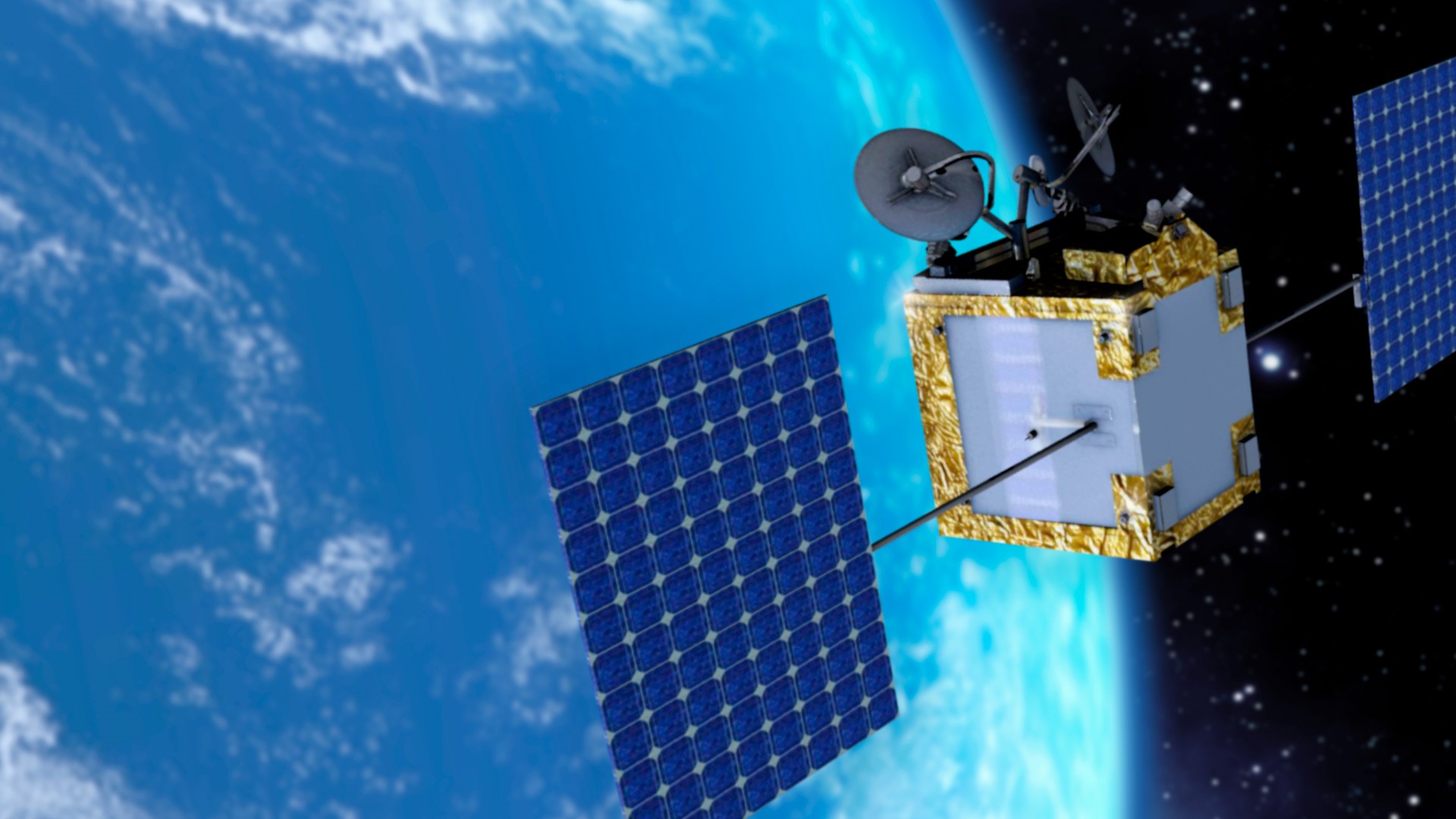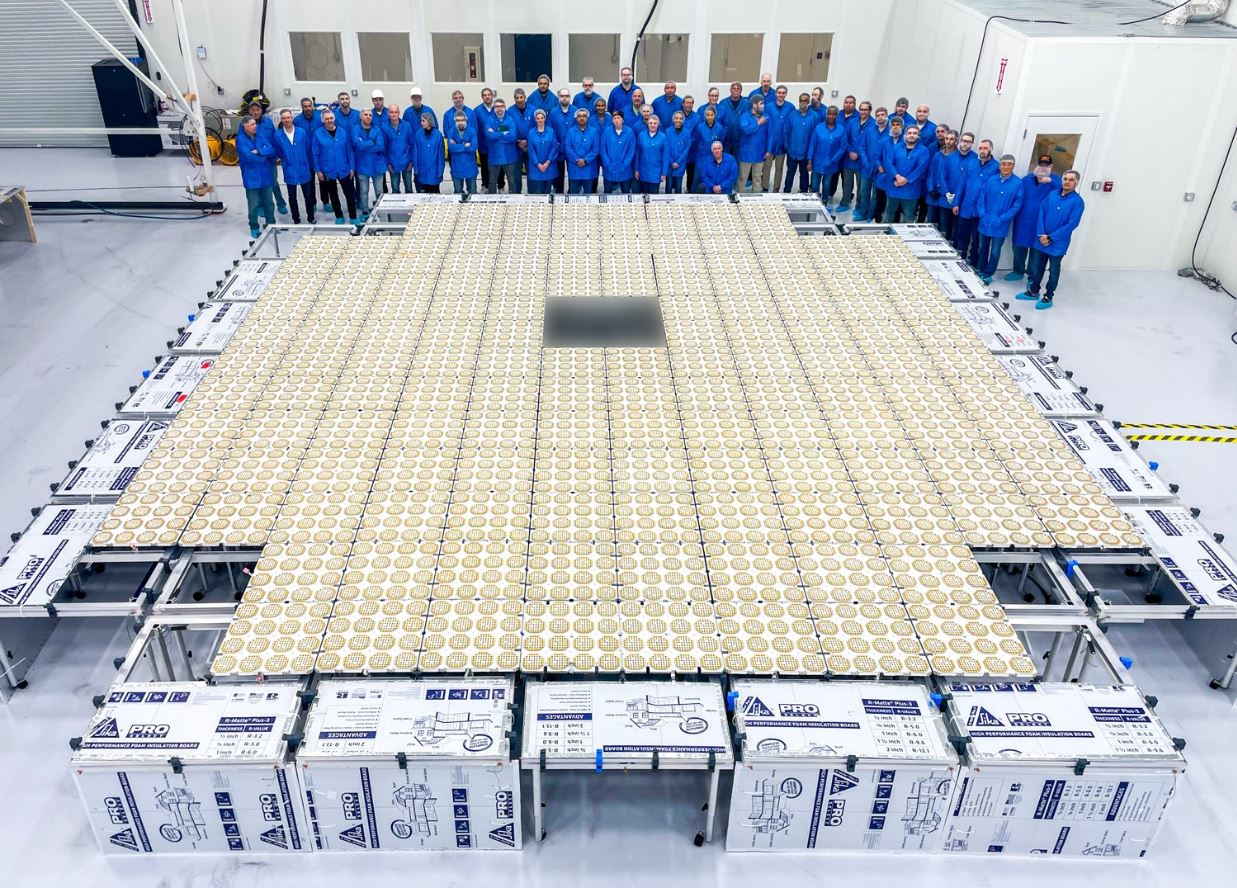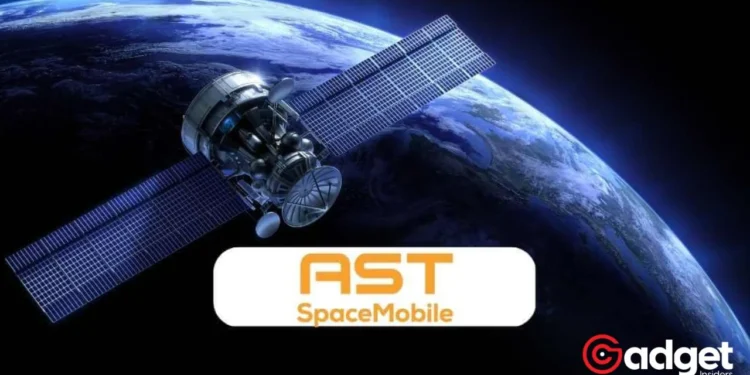The recent Mobile World Congress (MWC24) in Barcelona shed light on the escalating space race within the wireless industry, revealing a compelling contest primarily between AT&T’s alliance with AST SpaceMobile and T-Mobile’s collaboration with SpaceX’s Starlink. While Starlink has captured the limelight, thanks in part to its expansive satellite constellation and Elon Musk’s vibrant online presence, AT&T and AST SpaceMobile are quietly advancing their mission to bring satellite connectivity into the commercial mainstream.
A Game-Changing Year Ahead
“2024 is going to be a really important year,”
said JR Wilson, AT&T’s Vice President of Tower Strategy and Roaming. The focus will be on extensive testing and finalizing the commercial model and go-to-market strategy. This strategic approach signals AT&T and AST’s commitment to making satellite-delivered connectivity a tangible reality for consumers.

AST SpaceMobile is poised for the launch of its first five BlueBird satellites, which are expected to enhance the capacity and capabilities beyond what the BlueWalker 3 satellite has offered during its test phase. Scott Wisniewski, Executive Vice President and Chief Strategy Officer at AST, highlighted the imminent launch, aiming to offer initial services with these satellites. However, true ubiquity in service will require a constellation of 90 satellites, a stark contrast to Starlink’s 5,000-plus orbiting crafts.
AT&T’s Capacity and Coverage: A Competitive Edge
AT&T’s decision to partner with AST stems from the superior capacity and power of AST’s satellites. Wilson metaphorically compared AST’s satellites to school buses for their large antenna arrays, in contrast to competitors’ “Mini Coopers.” This analogy underscores the efficiency and effectiveness of fewer, more powerful satellites in delivering comprehensive connectivity.

“The satellites we’re launching in Q2 have a thousand megahertz of capacity,”
Wisniewski elaborated on the technological advancements of the upcoming satellites, boasting future enhancements supporting up to 10,000MHz. This technological leap forward is poised to offer unprecedented coverage and service quality, marking a significant milestone in consumer satellite connectivity.
Expanding Horizons
This move, not specifically requested by AT&T, reflects the collaborative effort to maximize the potential reach of satellite services, catering to the connectivity needs of diverse populations and regions.
At MWC, AT&T and AST execs talk up space-based possibilities https://t.co/On97FvWfbL
— UrgentCommunications (@UrgentComm) March 1, 2024
The collaboration has also secured significant financial backing, with a $155 million investment from AT&T, Vodafone, and Google, signaling strong confidence in AST’s prospects. This investment, along with the impending regulatory framework from the FCC, lays a solid foundation for the successful deployment and adoption of satellite-based connectivity solutions.
A Consumer-Centric Approach
Both AT&T and AST SpaceMobile are keen on ensuring that their satellite-delivered bandwidth seamlessly integrates with terrestrial services. This approach aims to offer a user experience that rivals traditional mobile connectivity, moving beyond niche applications to provide comprehensive voice, text, and broadband services.
With an eye on consumer-friendly pricing models and service simplicity, AT&T and AST are gearing up to redefine connectivity, promising to fill the gaps in AT&T’s coverage maps and enhance the FirstNet public safety network.

Despite the ambitious satellite initiatives, AT&T remains committed to its terrestrial network expansion, viewing satellite coverage as complementary rather than a substitute for ground-based infrastructure.
This balanced approach reflects a realistic assessment of the capabilities and limitations of satellite connectivity, ensuring that the focus remains on delivering the best possible service to consumers.
As the wireless industry’s space race heats up, AT&T and AST SpaceMobile’s collaborative efforts underscore a pivotal shift towards satellite connectivity, promising to bridge the digital divide with innovative solutions that reach the skies.
With regulatory support, financial backing, and technological advancements on their side, the sky truly is the limit for what they can achieve in the realm of global connectivity.









